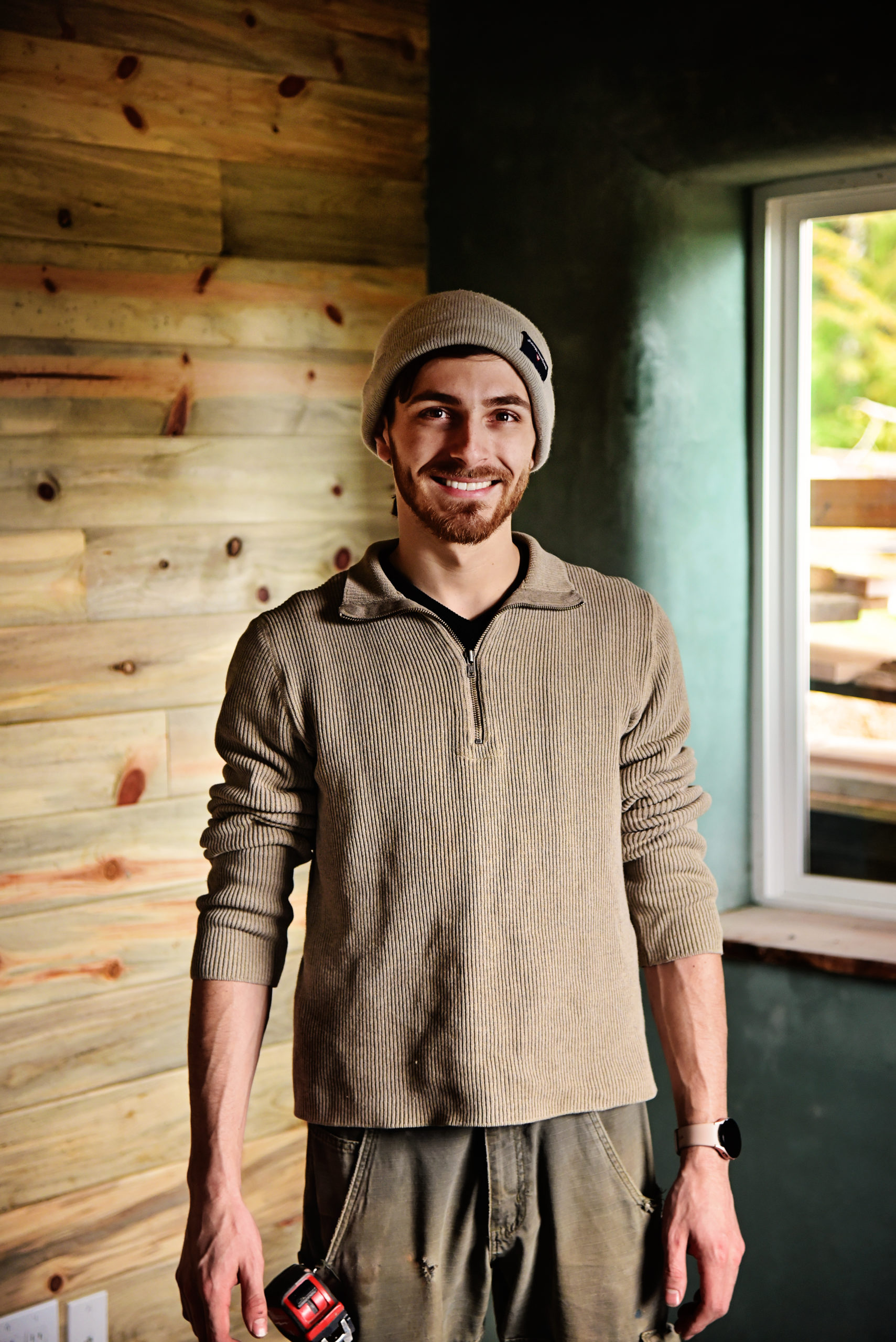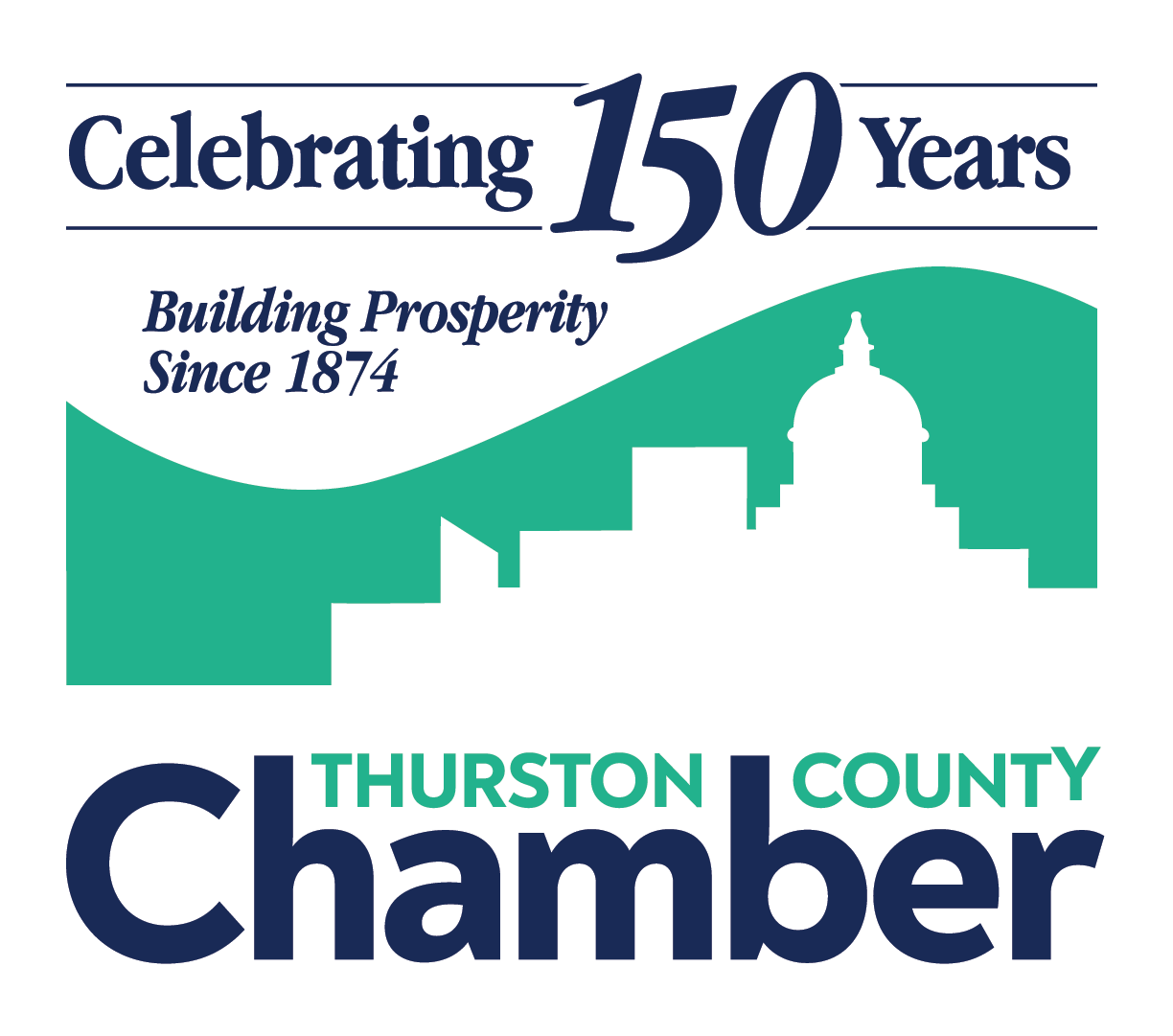

by Jerica Pender


He says that this event was the catalyst for what would become years of semi-obsessive research, apprenticeships, and ultimately, the formation of a successful natural home-building business right here in Thurston County.
Once Aaron started noticing “the relationship between the way we build, and the people we then become,” he sought to uncover a better, more sustainable, holistic, and healthful relationship to our structures and their impact on our one shared planet.
Looking for solutions to some of our society’s most deeply-rooted problems, like how to lessen our carbon footprint and live lighter upon the earth, Aaron turned to earthen building to act upon what he had discovered could be fundamental solutions to what it means to have a living, breathing, shelter.


Instead, he builds load-bearing walls from strawbales, clay plaster, and even some conventional building materials, too.
“This is how we used to build,” he says. “All of our ancestors, no matter their origin on the planet, used natural materials at some point. Materials that have been utilized for tens of thousands of years.”
During his time at Evergreen, Aaron founded a natural building group at the school. The group doesn’t exist anymore, but the amazing work that came from it evolved into what Earth Homes has become today.


Rabi Verdante, Earth Homes’ executive officer, points out that “even though we are an LLC, a for-profit company, we often joke that we are an honorary non-profit because of all of the time we volunteer under our business name and the kind of social advocacy work we do.”
What she’s referring to are endeavors like the Micro-Housing Project led by Earth Homes, where they partnered with different organizations and municipalities to build more than 60 shelters for houseless individuals of our community.
Rabi coordinated over 250 volunteers during deep COVID who worked in shifts under the cover of a Port of Olympia warehouse to complete this project.
Earth Homes is awaiting final inspection on a 1,500 square-foot natural home that used clay sourced on-site in the plaster walls. That hyper-local sourcing isn’t always achievable, but Earth Homes is committed to obtaining building materials as close to “h’Om” as possible.
Aaron believes in what he calls a “hat and boots” approach to building. Don’t compromise on your hat (the roof) or your boots (the foundation) of a structure.


Earth Homes employs a post and beam method combined with load-bearing strawbales for the exterior walls. This method of building is superior in the Pacific Northwest climate because, as Rabi explains, “it’s super-insulated, but allows for the walls to breathe,” a vital tactic for mold prevention.


And another very exciting thing about the strawbale method? “It’s codable!” Aaron says. “There’s now Appendix S to the International Building Code, and you can now build with strawbale all over the country.”
Earth Homes also uses an all-natural clay plaster for interior walls, a mix they make themselves. It’s applied to conventional plasterboard, and after the seams have been taped, the adobe-like finish is schmeared on, making for a non-toxic, paint-free house.
So what are they focusing on next? Aaron says, “We’re in the process of building a factory for modular building panels for micro-shelters and whole-house wall systems.” By focusing on the building-component production, they have been researching and testing greener ways to make a hearty board that acts like plywood but is not nearly as toxic nor destined for the landfill.”


Other News
Upcoming Events
Picture your ad here!


Both rectangle and banner ad spaces are available for members. Download our sizes and pricing sheet for more information by clicking the button below.
